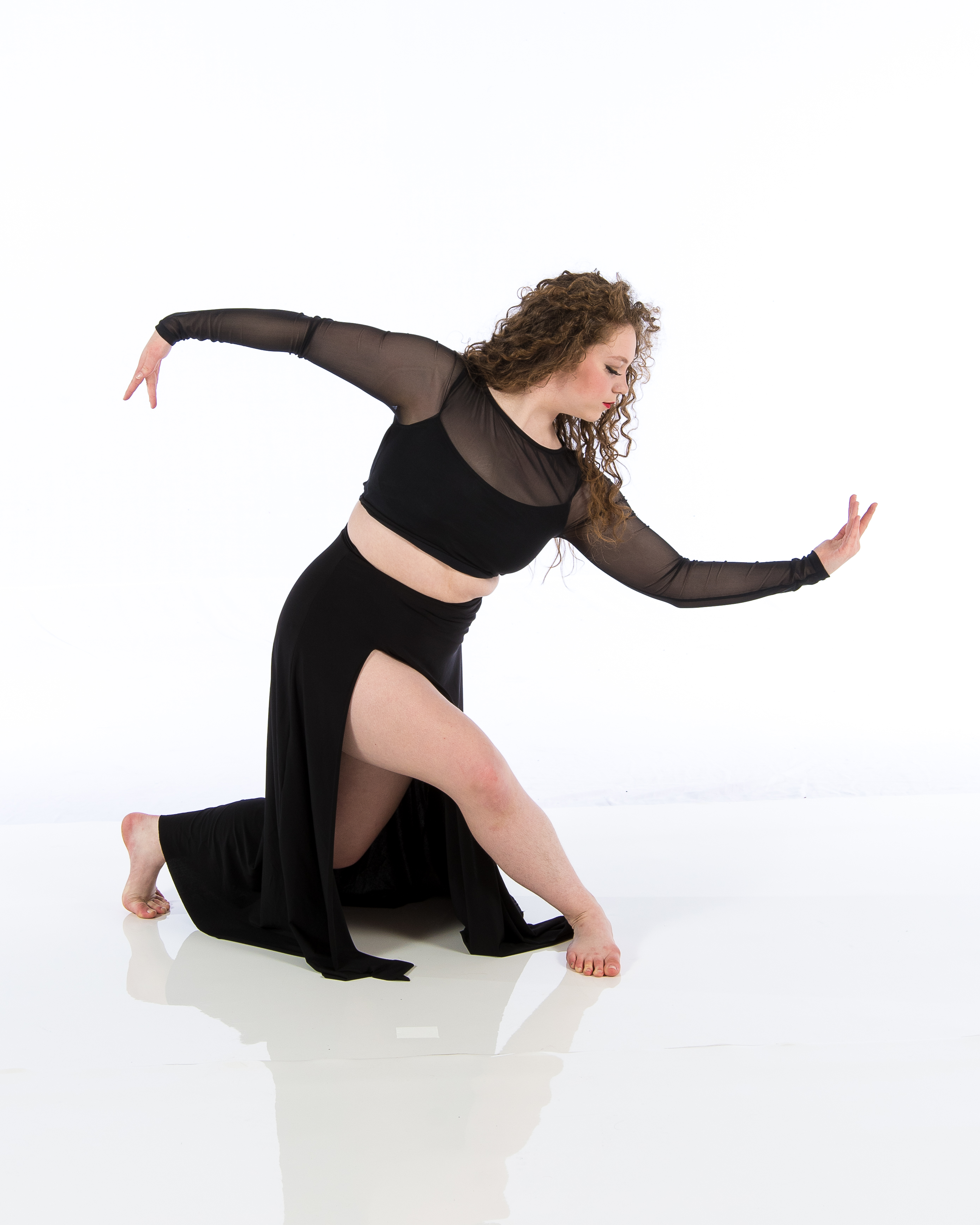Introduction
Creating a vibrant dance studio environment goes beyond just teaching choreography; it requires the active involvement of parents and families. Why is this so crucial? The answer lies in the impact that supportive networks have on young dancers' growth, confidence, and overall enjoyment of dance. The dance studio becomes not just a place for physical expression but also a community hub where relationships flourish and creativity thrives. In this article, we will explore various strategies for engaging parents and families in a supportive dance environment, emphasizing the role they play in nurturing budding talent.
Engaging Parents and Families in a Supportive Dance Environment
Understanding the Importance of Family Engagement
Family engagement isn’t merely about attendance at recitals or competitions; it’s about fostering an environment where everyone feels connected. When families are involved, dancers feel more secure, motivated, and valued. This kind of support can manifest itself in numerous ways:
- Attendance at Events: Families that show up bring energy and encouragement. Open Communication: Strong lines of communication between instructors and parents ensure everyone is on the same page. Active Participation: Whether through volunteering or offering feedback, engaged families contribute to the studio's culture.
Building a Welcoming Atmosphere
The first step toward engaging families is creating an inviting atmosphere within your dance studio. Here are some tips to consider:
Warm Welcome: Greet every parent when they enter. A friendly smile goes a long way! Comfortable Waiting Areas: Provide seating where parents can relax while waiting for classes. Information Boards: Keep a bulletin board updated with important dates, events, and achievements.Effective Communication Strategies
Regular Updates
Regular communication keeps families informed about their dancer’s progress as well as upcoming events. Consider these methods:
- Newsletters: Monthly newsletters can include highlights from classes, upcoming performances, and tips for at-home practice. Social Media: Create closed groups where updates can be shared quickly.
Feedback Mechanisms
Encourage families to share their thoughts by providing:
- Surveys to gather feedback on experiences. Open forums where parents can voice concerns or suggestions.
Involving Parents in Class Activities
Observation Days
Hold designated observation days so that parents can watch their children learn. This creates transparency in what is being taught while allowing them to appreciate their child’s efforts.
Parent-Dancer Workshops
Consider hosting workshops aimed at both parents and dancers. These could focus on specific skills or even offer a glimpse into what it’s like to be a dancer themselves.
Creating Opportunities for Family Participation
Volunteer Roles within the Studio
Engagement often comes from participation! Here are some roles families might take on:
Event Planning Committees: Organize showcases or seasonal events. Fundraising Efforts: Help raise money for costumes or competition fees. Chaperones for Trips: Volunteer to accompany dancers during outings.
Family Nights: Building Connections Through Fun
Hosting themed family nights allows parents and siblings to engage with each other outside of regular classes:
- Game nights focused on teamwork Potluck dinners celebrating diverse cultures through food
The Role of Communication Tools in Dance Studios
Utilizing Technology Effectively
In today’s digital age, technology plays an integral role in communication. Consider these tools:
Apps for Coordination: Platforms like GroupMe or Band can facilitate real-time communication. Online Portals: Create portals where parents can log in to check schedules, make payments, or view class reports.The Importance of Transparency in Operations
Transparency builds trust between parents and instructors:
- Regular financial updates regarding fundraising efforts Clear policies on cancellations or changes
Fostering Community Spirit Among Families
Encouraging Relationships Beyond Dance
Cultivating dance studio classes friendships among families enhances their connection to your studio:
Host seasonal gatherings outside of regular class times—think picnics or holiday parties! Create smaller sub-groups based on age or skill level to foster deeper connections.Celebrating Achievements Together
Recognizing achievements boosts morale:
- Celebrate milestones publicly—whether it’s mastering a new move or participating in a performance.
Addressing Concerns with Empathy and Understanding
Navigating Difficult Conversations
Sometimes issues arise that require delicate handling:
Be proactive: Reach out if you sense something may be wrong before it escalates. Use empathy: Understand that every parent has different motivations; listen actively without judgment.FAQs
1. What are some effective ways to engage parents?
Engaging parents involves open communication through newsletters, social media groups, regular updates about their child’s progress, as well as inviting them into classroom activities like observation days.
2. How do I create opportunities for family participation?
You can create volunteer roles within the studio such as event planners or fundraising coordinators while also organizing family nights that encourage bonding among participants.

3. What role does technology play in parent engagement?
Technology facilitates quick communication through apps like GroupMe while online portals allow easy access to schedules and class reports which fosters transparency.
4. Why is community spirit important?
A strong sense of community makes both dancers and their families feel more connected to the studio, enhancing their overall experience.
5. How should studios handle concerns raised by families?
Address concerns with empathy by listening actively without judgment while also being proactive by reaching out before issues escalate.
6. What kind of events should studios host for family engagement?
Studios should consider potluck dinners celebrating diverse cultures through food, game nights focused on teamwork, or seasonal gatherings outside regular classes.
Conclusion
Creating an engaging environment at your dance studio isn't simply about producing talented dancers; it's about forming relationships that extend beyond the classroom walls into lifelong connections among families within the community! By implementing strategies that involve open communication channels, foster participation opportunities, and celebrate achievements collectively—your studio will thrive not just as an educational space but as a nurturing home away from home!
In conclusion, investing time into building relationships with parents transforms your dance studio into an inclusive haven where everyone feels valued—making every pirouette spun beneath those bright lights all the more special! So let's get started today because together we can turn our studios into supportive environments bursting with energy only found when engaged communities come alive!